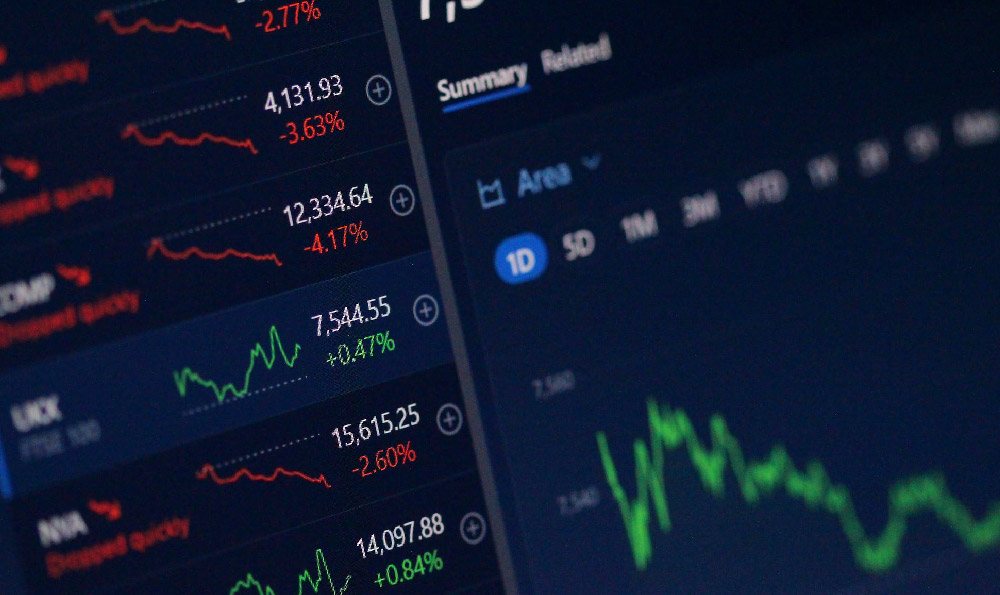
Okay, here's an article exploring Facebook's revenue generation, avoiding a point-by-point structure and first/second starters, while aiming for depth and detail.
How Does Facebook Generate Revenue? And What Are Its Sources of Income?
Facebook, now operating under the umbrella of Meta Platforms, Inc., has become synonymous with social connection, news consumption, and, perhaps most importantly, a massive advertising empire. Understanding how this tech giant generates revenue is crucial for anyone interested in the digital economy, marketing, or simply the mechanics of the internet. While the platform is ostensibly free for users, its success hinges on its ability to monetize user data and attention. Facebook’s revenue streams are diverse, but overwhelmingly dominated by one key source: advertising.

The engine driving Facebook's profitability is its incredibly sophisticated advertising platform. At its core, this system allows businesses and individuals to target specific demographics with tailored advertisements. This precision targeting is based on the vast amount of data Facebook collects on its users, including their age, location, interests, relationship status, education level, and online behavior. This granular detail allows advertisers to reach exactly the audience most likely to be interested in their products or services, making it exceptionally effective compared to traditional forms of advertising like television or print.
The advertising model operates through a bidding system. Advertisers compete for ad space on Facebook's platforms (including Instagram, Messenger, and the Audience Network) by specifying their target audience and budget. Facebook's algorithms then determine which ads to show to which users based on a variety of factors, including the bid amount, ad quality, and the likelihood that a user will interact with the ad (e.g., click on it, like it, or share it). This complex calculation is continually refined to maximize both advertiser return on investment and Facebook's own revenue. The beauty of this system, from Facebook's perspective, lies in its scalability. As more users join the platform and generate more data, the targeting becomes even more precise, attracting more advertisers and driving up ad prices.
Within the advertising ecosystem, there are various ad formats and pricing models. Advertisers can choose from a range of options, including image ads, video ads, carousel ads (which display multiple images or videos), and lead generation ads (designed to collect contact information from potential customers). The pricing models also vary depending on the advertiser's goals. For example, advertisers can pay per click (CPC), meaning they are charged each time a user clicks on their ad. Alternatively, they can pay per impression (CPM), meaning they are charged for every thousand times their ad is displayed, regardless of whether or not users click on it. The choice of ad format and pricing model depends on the specific campaign objectives and the advertiser's budget.
Beyond the core advertising business, Facebook has explored other avenues for generating revenue. While these contribute a smaller portion of the overall pie, they are nonetheless significant and indicative of the company's ambition to diversify its income streams. One area is payments and commerce. Facebook allows users to send money to each other through Messenger, providing a convenient way to split bills or send gifts. It also integrates with various e-commerce platforms, allowing businesses to sell products directly through Facebook Shops. While Facebook may not take a direct cut of every transaction, these activities generate valuable data and increase user engagement, which ultimately benefits the advertising business. Furthermore, these features contribute to making Facebook a more essential part of users' daily lives, increasing their reliance on the platform and making them more receptive to advertising.
Another revenue source comes from Facebook’s Reality Labs division. This segment focuses on the development of virtual reality (VR) and augmented reality (AR) technologies, including the Oculus VR headsets. While Reality Labs has not yet achieved widespread adoption, it represents a significant investment in the future of computing and entertainment. The long-term potential for revenue generation in this area is substantial, as VR and AR technologies are expected to transform various industries, including gaming, education, and training. Revenue here is generated through hardware sales, software sales (games and applications), and potentially, future metaverse-related transactions. However, it's important to note that Reality Labs currently operates at a loss, as Facebook continues to invest heavily in research and development. The hope is that this investment will eventually pay off in the form of a dominant position in the emerging VR/AR market.
Finally, although a smaller contributor, Facebook also generates revenue from partnerships and licensing agreements. For example, Facebook has partnered with various telecommunications companies to offer free or discounted data access to Facebook users in developing countries. While these partnerships may not generate significant direct revenue, they help to expand Facebook's user base and increase overall engagement, which ultimately benefits the advertising business. Licensing agreements involve allowing other companies to use Facebook's technology or data in exchange for royalties or other forms of compensation. These agreements can be a valuable source of revenue, particularly in areas where Facebook has a strong competitive advantage.
In conclusion, Facebook's revenue generation strategy is heavily reliant on its advertising platform, which leverages vast amounts of user data to deliver targeted advertisements to businesses and individuals. While the company has explored other revenue streams, such as payments and commerce, VR/AR technologies, and partnerships/licensing agreements, advertising remains the dominant source of income. The continued success of Facebook hinges on its ability to maintain its user base, improve its advertising technology, and navigate the evolving regulatory landscape surrounding data privacy and advertising practices.





